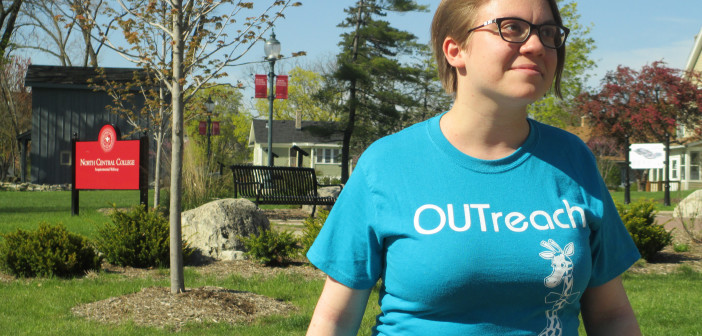The state of Alabama is at a draw with itself over the legalization of same-sex marriage. The House Bill 56, the Freedom of Religion in Marraige Protection Act, gives judges, ministers and other officiants in Alabama the right to refuse to perform marraige ceremonies. This bill followed shortly after same-sex marraige was temporarily legal in Alabama. However, numerous judges and ministers refused to follow the law so House Bill 56 was created. Now, the bill is set for a public hearing on Wednesday, May 6 in an Alabama Senate committee.
Even with Alabama’s debate, same-sex marriage has become more of an acceptance across the country since the U.S. Supreme Court struck down the Defense of Marriage Act in Windsor v. United States in 2013. CNN reported that 34 states have legalized same-sex marriage in 2015.
Equality for the gay and lesbian community has been a heated debate in the United States for decades. Despite the fears and the stereotypes placed on the gay and lesbian community, the U.S. has been making slow progress towards becoming more progressive and accepting.
To understand the slow process of removing discrimination against homosexuality is removing the long implanted fear that surrounds it.
One reason is the way U.S. society is shaped by gender roles.
“A lot of homophobia is underlined by sexism,” said Dr. Stephen Macek, professor of speech communications. “Society is shaped by gender categories and gender shapes so much of our society. The categories imply a certain sexual script and the homosexual as a figure violates those embedded scripts. They are seen as gender rebels.”
Dr. Carlene Sipma-Dysico, adjunct assistant professor of sociology, also mentioned the fear caused by gender roles. “Our gender roles are not moving and male and female roles are split with no middle ground. Homosexuality questions this split.”
Homophobia has also been influenced by the power of the government and religion.
“We (the U.S.) were founded by Christians, and they thought through a Christian view,” stated Dr. Suzanne Chod, assistant professor of political science. “Also, it is the government’s job to look out for the “main stream” society. The question is raised of what is the government’s job of protecting the people for things that are harmful.”
Homosexuality was not considered part of the “main stream” in society, but was viewed as sinful or truly questioning the role of genders in society.
Some of these fears exist today with the debate in Alabama, with some judges refusing to marry because they are uncomfortable with it. Even in the job field, these fears exist. Fifteen percent to 43 percent of gay and lesbians feeling discriminated against or harassed in their work environment because of their sexual choices according to Americanprogress.org.
“We are not there yet, but we are making progress,” said Sipma-Dysico. “It feels like two steps forward and one step back.”
Pew Research Center took a poll, asking if homosexuality should be accepted. In 2007, 49 percent of the U.S. population said ‘yes.’ In 2013, 60 percent of the population said “yes.”
Even among age groups, homosexuality can be seen shifting toward a wider audience of acceptance. A 2013 poll showed that 70 percent of U.S. citizens between ages 18-29 believe homosexuality should be accepted, 64 percent between ages 30-49 and 52 percent ages 50 and over.
“We use a term called ‘generation replacement,’ said Dr. Chod. “As generations get replaced, each one is getting more, not fully, progressive, as the generations pass on.”
Life is too short to be filled with fear and discrimination.-Dr. Sipma-Dysico, adjunct assistant professor of sociology
Generation replacement was experienced in Chicago on homosexuality between former Mayor Richard J. Daley and his son, former Mayor Richard M. Daley.
“Mayor (Richard J.) Daley was known as a puritan,” saidMacek. “He was homophobic and he persecuted homosexuality. Richard M. Daley was considered a close friend of the homosexual community and helped them build up and beautify Boystown. He was a loyal ally of the gay community.”
Even with these changes, equality has not been reached yet. Forty percent of the U.S. population still does not accept homosexuality. However, these views could change.
“The idea of public policy will change when society is ready to change,” said Sipma-Dysico. “It can come from the top to the bottom, where the government sets the policy, then it changes the public’s attitude, or it can come from bottom to top. The public’s attitude will cause for the government to act and create a new policy.”
Change has begun to occur at the top-to-bottom level, as the U.S. Supreme Court comes together in April to discuss if states should have the right to decide on allowing or banning same-sex marriage. The final decision will be reached in June.
“Life is too short to be filled with fear and discrimination,” said Sipma-Dysico.

